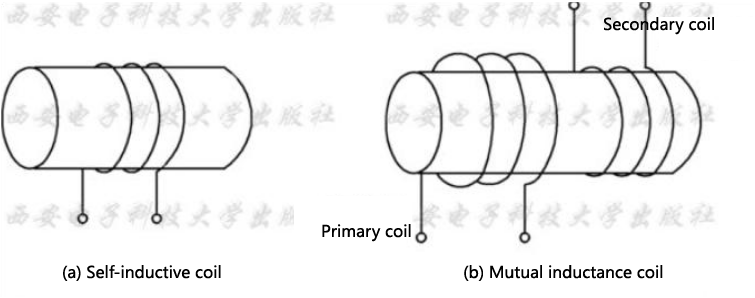Eddy current detecting coil
1. Sort by induction. According to different sensing methods, the detection coil can be divided into self-inductive coil and mutual inductance coil (also known as parametric coil and transformer coil).

A self-inductive coil consists of a single coil that produces an excitation magnetic field that creates a vortex in the electrical conductor. At the same time, it is a detection coil that senses and receives the eddy current regenerative magnetic field signal in the electric conductor, hence the name self-inductance coil. The mutual inductance coil is generally composed of two or two sets of coils. One (group) is an excitation coil (also referred to as a primary coil) for generating an eddy current in an electric field, and the other (group) coil is a detection coil for inducing a eddy current regenerative magnetic field signal in the electric conductor (also referred to as two Secondary coil)
2. Sort by application. Depending on the application, the detection coil can be divided into an external through coil, an inner through coil and a placed coil.

Placement coils are also known as probe coils. In the application process, the axes of the outer through coil and the inner through coil are parallel to the surface of the workpiece to be inspected, and the axis of the placed coil is perpendicular to the surface of the workpiece to be inspected. The coil can be designed and fabricated very small, and a magnetic core can be added to the coil, which has the characteristics of enhancing the magnetic field strength and the focusing magnetic field, and thus has high detection sensitivity.
3. Classified by comparison. According to different comparison methods, the detection coil can be divided into absolute coil and differential coil, and the differential coil is divided into standard comparison and self-comparison. as the picture shows:

The absolute coil is an absolute coil that uses only one detection coil for eddy current detection, and is directly detected only for the electromagnetic characteristics of a certain position of the object to be detected, and is not related to other parts of the object to be inspected or a contrast pattern. The electromagnetic properties of a part are compared and tested.
Differential is the way in which two detection coils are reversed together for operation.
-
 Sales@hata-ndt.com
Sales@hata-ndt.com -
 0086-0371-86172891
0086-0371-86172891










